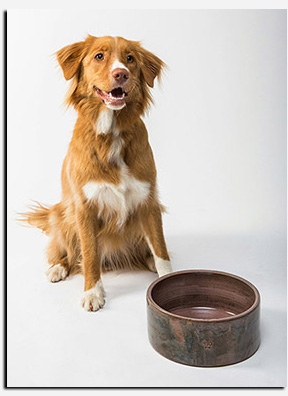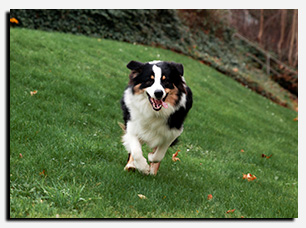|
Dropdown Menu
|
FEEDING GUIDELINES FOR DOGS
|
 
|
|
Understanding the right feeding quantities for your dog is essential for maintaining their health and well-being. Factors such as activity level, age, health, metabolism, and even breed play a part in determining the necessary feeding quantities. It's important to monitor your pet's body condition and adjust the feeding quantities accordingly.
These are just guidelines. We welcome you to visit us or contact us ( ) for more information or personalized meal recommendations for your pup. ) for more information or personalized meal recommendations for your pup. |
|


 |
|
No Activity/Senior Canines (2% of Body Weight)
Senior dogs or those with no activity require careful feeding to maintain their ideal weight. However, the amount fed may not be enough to keep the dog feeling full, leading to begging. To displace this behavior, provide chew toys, walks, and other activities. Feeding the day's allotted portion in more frequent meals can also help reduce begging.
Average Activity (2.5% of Body Weight)
For dogs with average activity levels, adjust the feeding quantities to maintain their ideal weight.
High Activity/Sporting/Working Canines (3% of Body Weight)
Dogs with high activity levels, such as sporting or working canines, should be fed as much as they will eat without gaining weight. Be aware that stool volume will increase.
Pregnant/Lactating Female (5-8% of Body Weight)
Feeding pregnant or lactating females requires trained judgment. Keep in mind that puppies may start consuming some of their mother's food as early as three weeks.
Puppy (large and small-5% of Body Weight)
Puppies are considered to be growing up to 18 months of age. Regularly check their weight and adjust feeding quantities accordingly. A leaner body condition is preferred over a chubby physique.
|
|
| |
|
|
|
|
| |
| |
|
|
| |
|
|